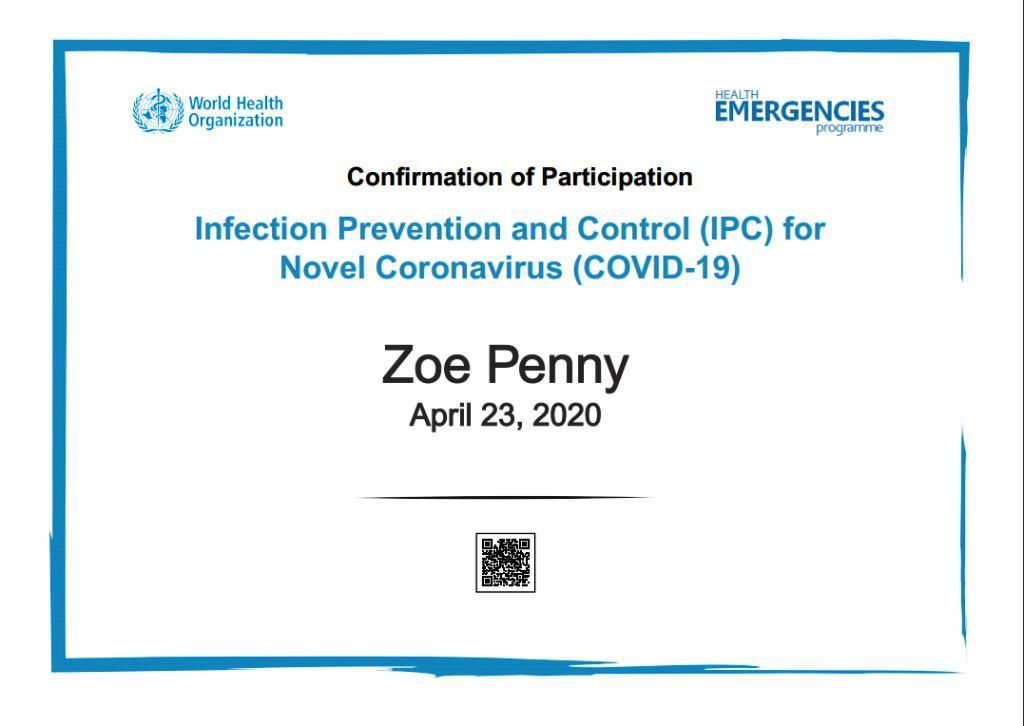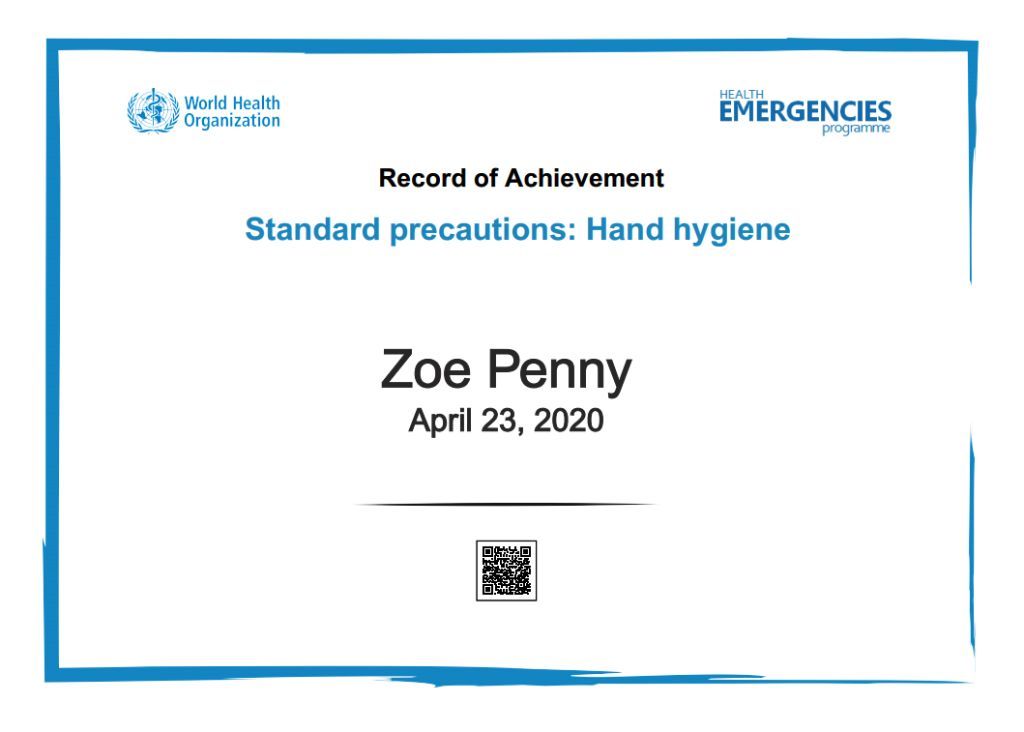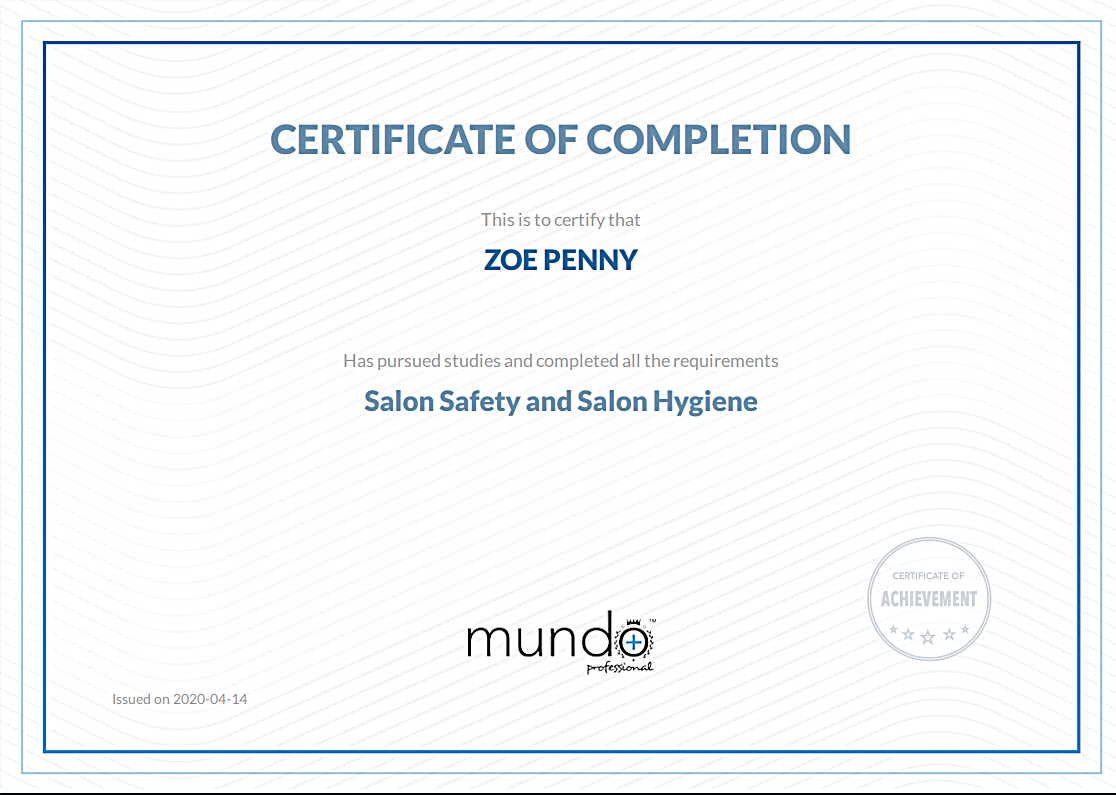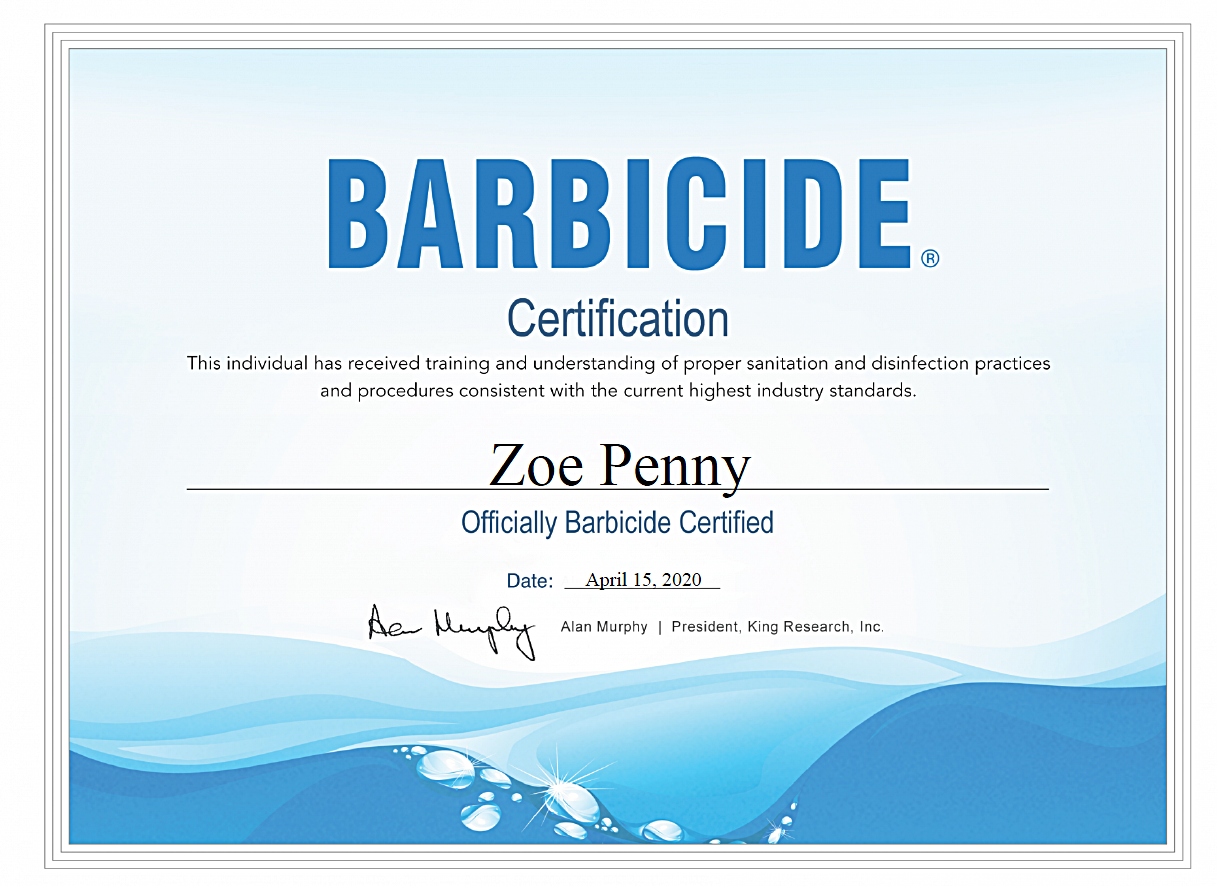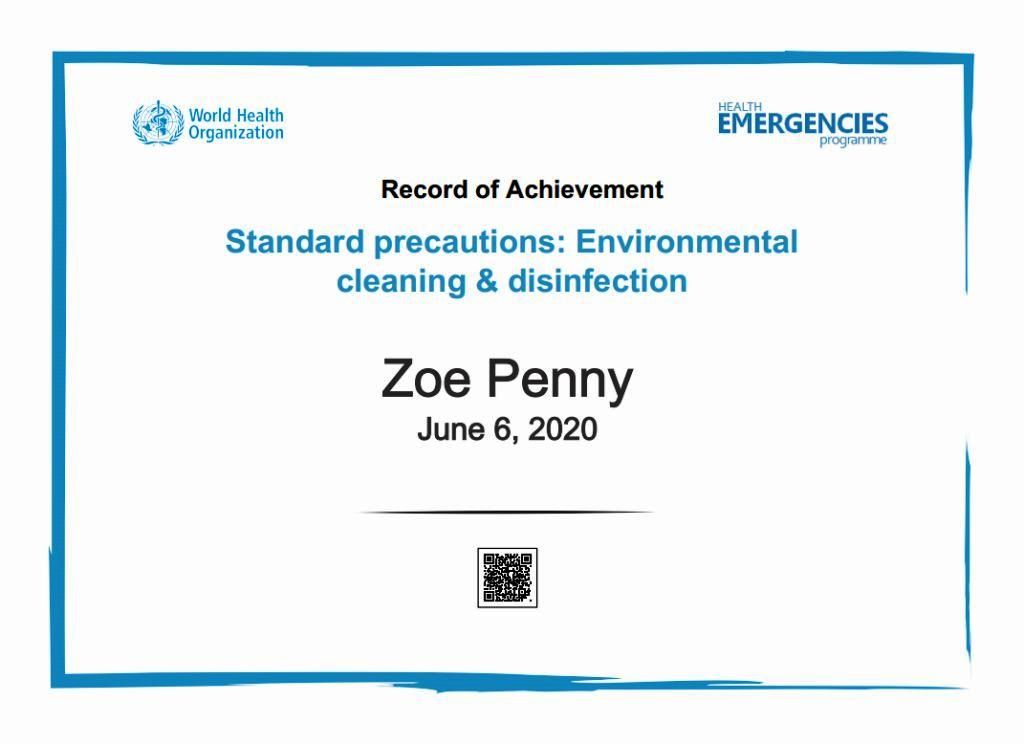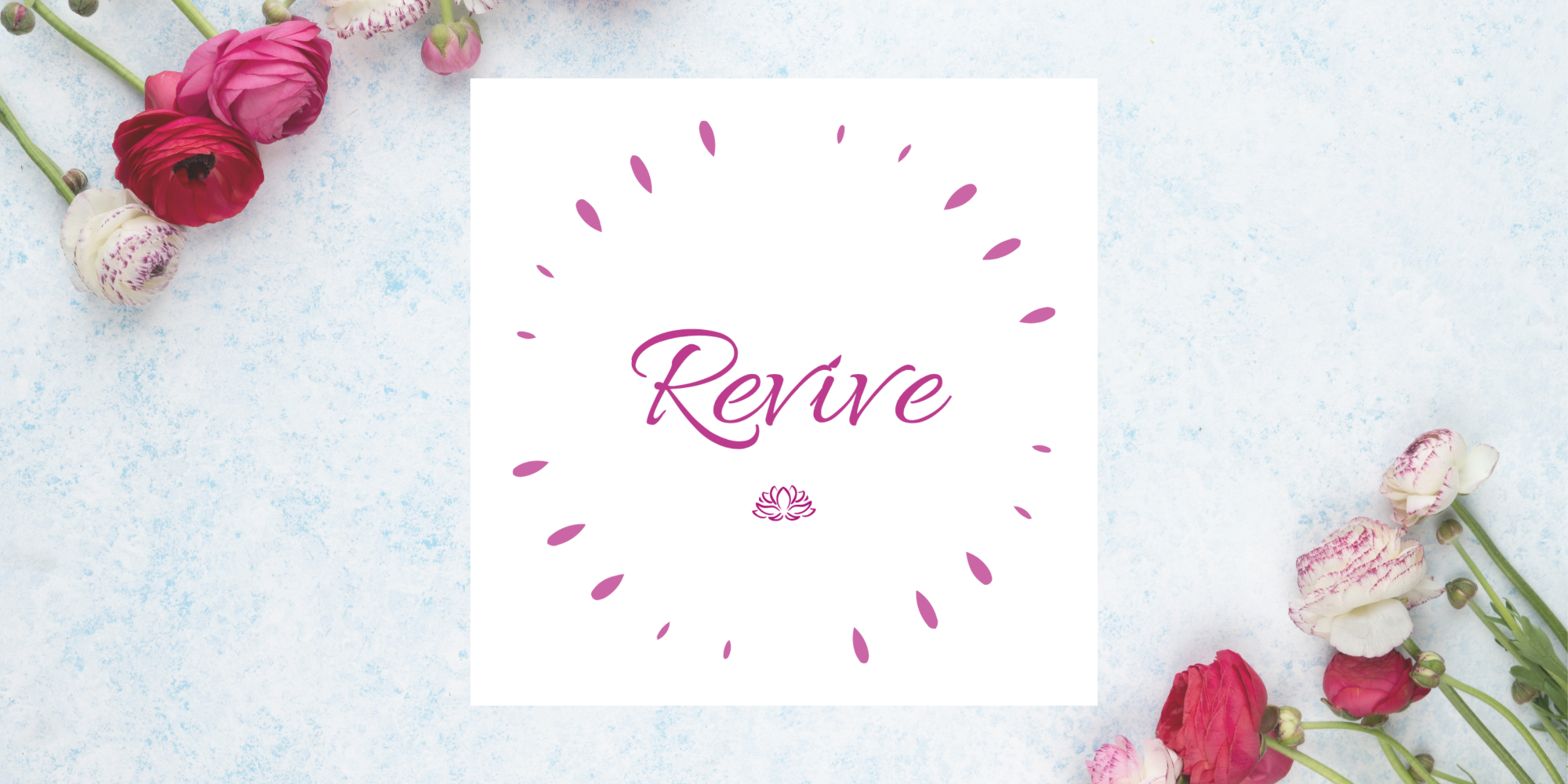
Coronavirus COVID-19
Infection Control and Prevention
Standard Procedures for Hygiene and Infection Prevention and Control
- Regular handwashing before and after each treatment and use of hand sanitiser with min 60% alcohol during treatments for both myself and clients.
- Cleaning and disinfection of all work surfaces, product containers, tools, equipment, therapy couch and laundry of towels and linen after each client.
- Clients who come for 1 to 1 treatments and practical training days will have access to handwashing facilities and hand sanitiser.
Additonal COVID-19 Secure Procedures
- In addition to these standard procedures I will be disinfecting the following after each use: customer chairs, sofa, soft furnishings, toilet and high contact areas such as handles, taps and sink, light switches
- Consultations will now be done online before your appointment or training day. This information is printed and then deleted from the cloud online storage.
- I already wear disposable gloves, visor, mob cap and protective mask when I make any products. For treatments and practical training days I will wear a mask and visor or safety specs
These are training courses I have also completed with specific training in hygiene and infection control relating to COVID-19.
COVID-19 Information
Symptoms
- A high temperature
- A new continuous cough
- Loss of taste and/or smell
There are two main routes by which COVID-19 can be transmitted:
- Infection can be spread to people through close contact (within 2 metres) with infected individuals and respiratory droplets generated during coughing and sneezing
- It is also possible that someone may become infected by touching a surface, object or the hand of an infected person that has been contaminated with respiratory secretions and then touching their own mouth, nose, or eyes (such as touching a door knob or shaking hands then touching own face)
There is currently no evidence that people who are without any symptoms are infectious to others. This evidence will be kept under constant review.
How long the virus can survive
How long any respiratory virus survives will depend on a number of factors, for example:
- The surface the virus is on
- Whether it is exposed to sunlight
- Environmental conditions such as temperature and humidity
- Exposure to cleaning products
- Under most circumstances, the amount of infectious virus on any contaminated surfaces is likely to have decreased significantly by 72 hours.
We know that similar viruses are transferred to and by people’s hands. Therefore, regular hand hygiene and cleaning of frequently touched surfaces will help to reduce the risk of infection.
For up to date information regarding Coronavirus please visit the Government Website.
If you are concerned that you may have COVID-19 please visit the NHS 111 Website.
If you are experiencing mental health issues as a result of the COVID-19 situation please visit the NHS website Every Mind Matters. If your issues are persistent, please contact your GP.
This page will be updated as and when new information arises.
Last Update: 30/11/21

